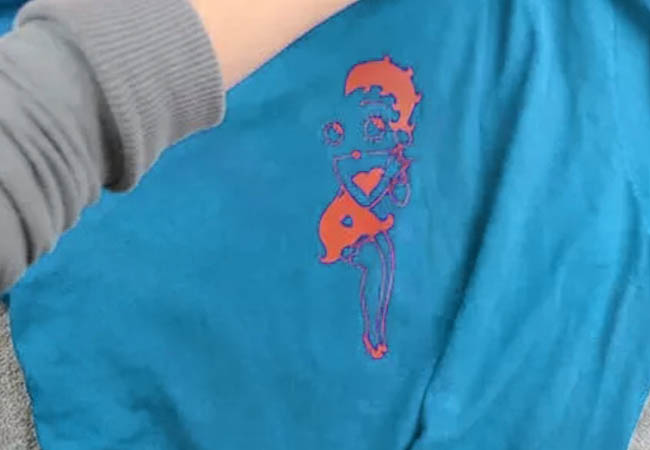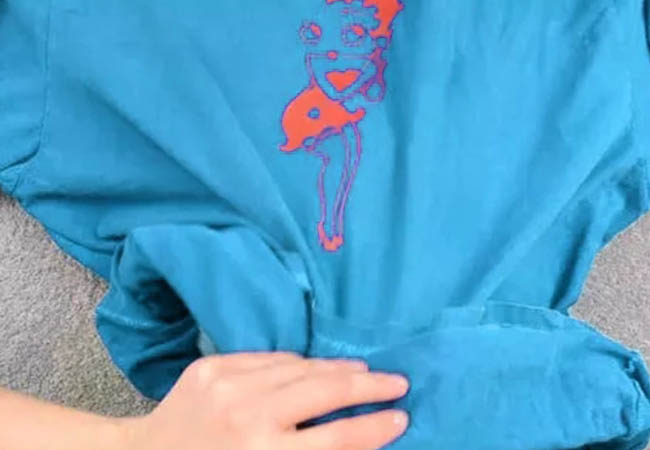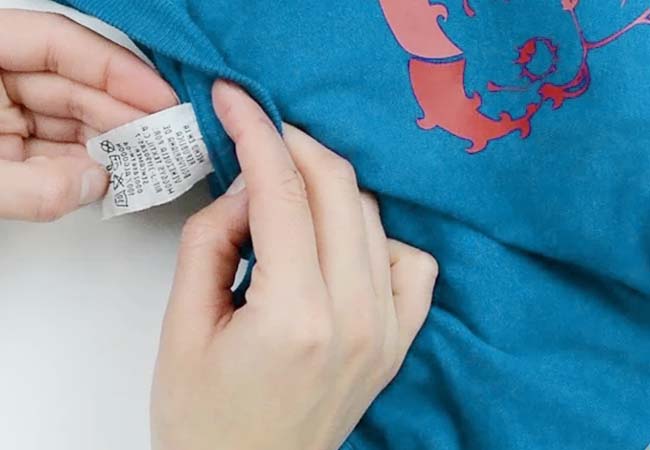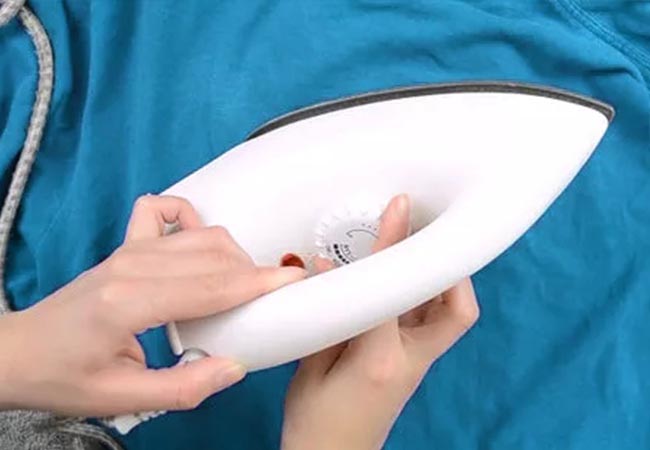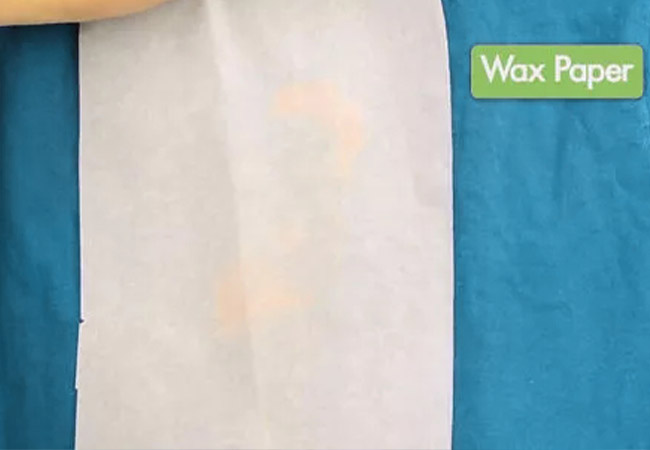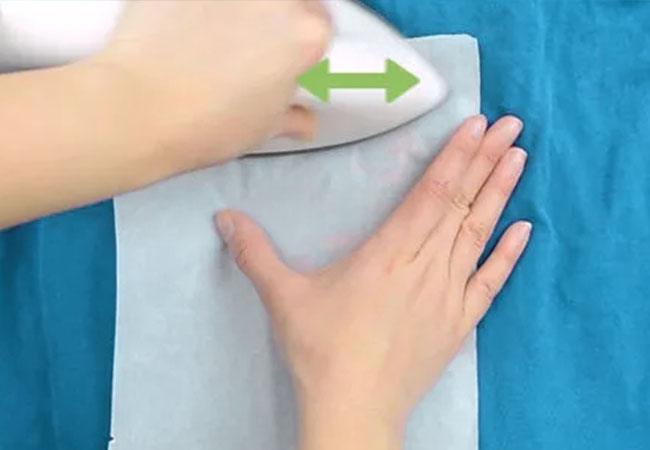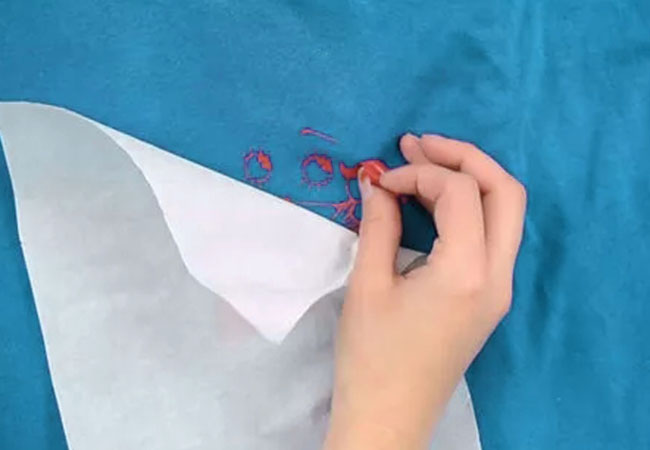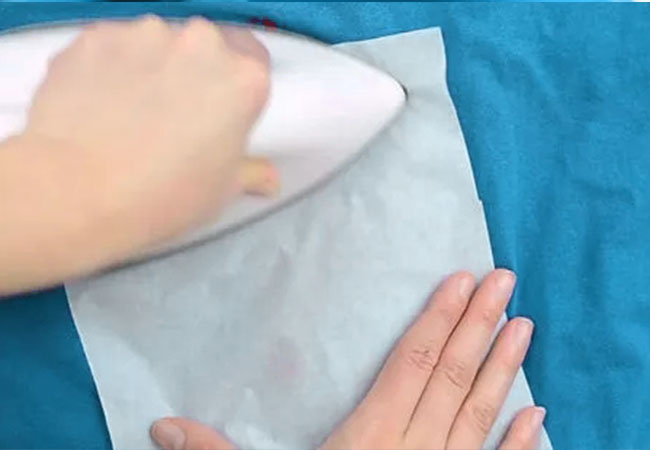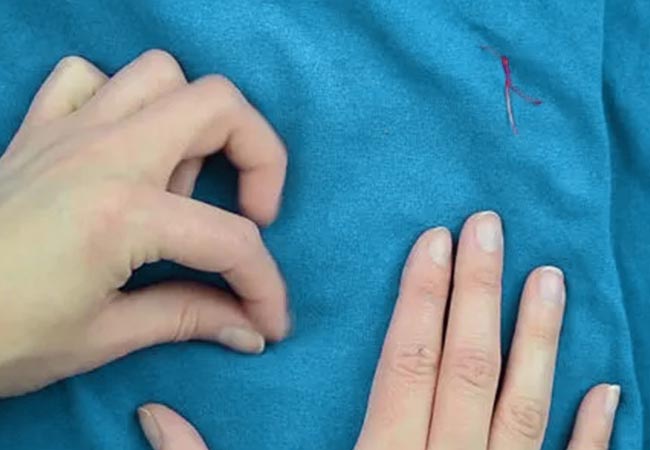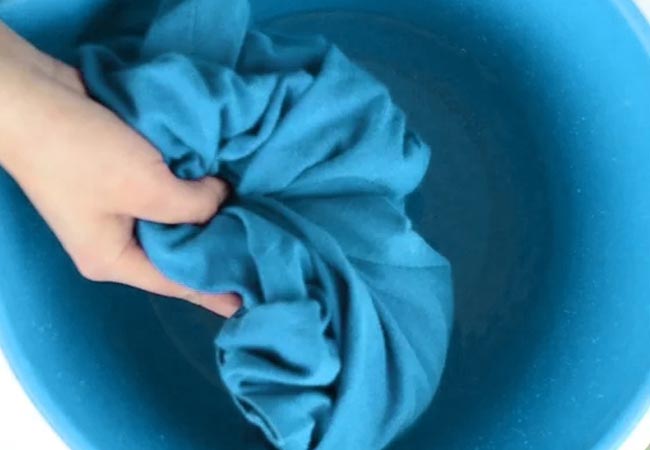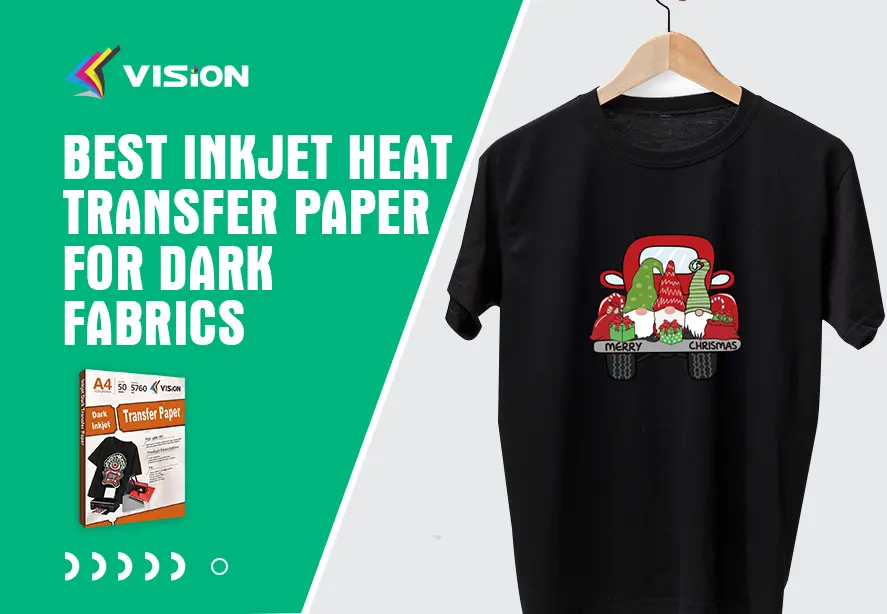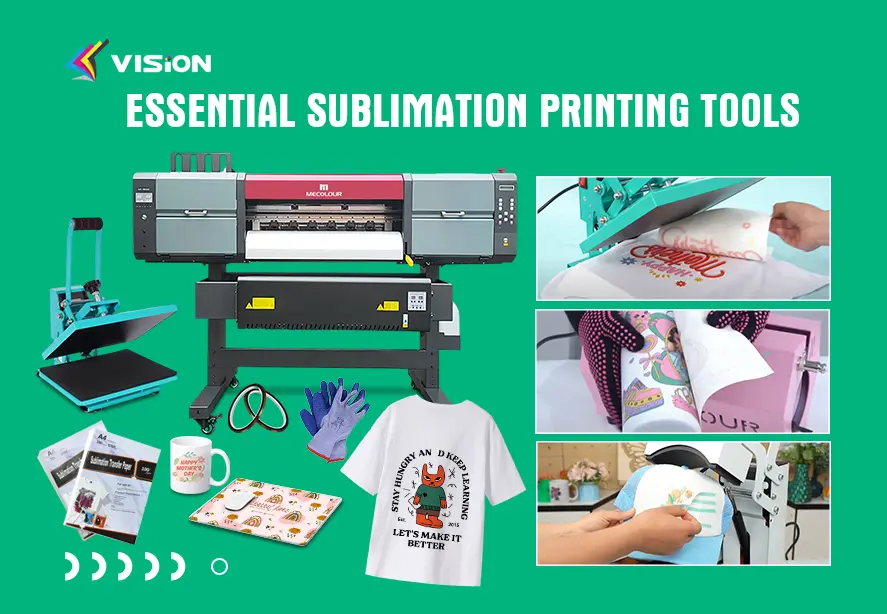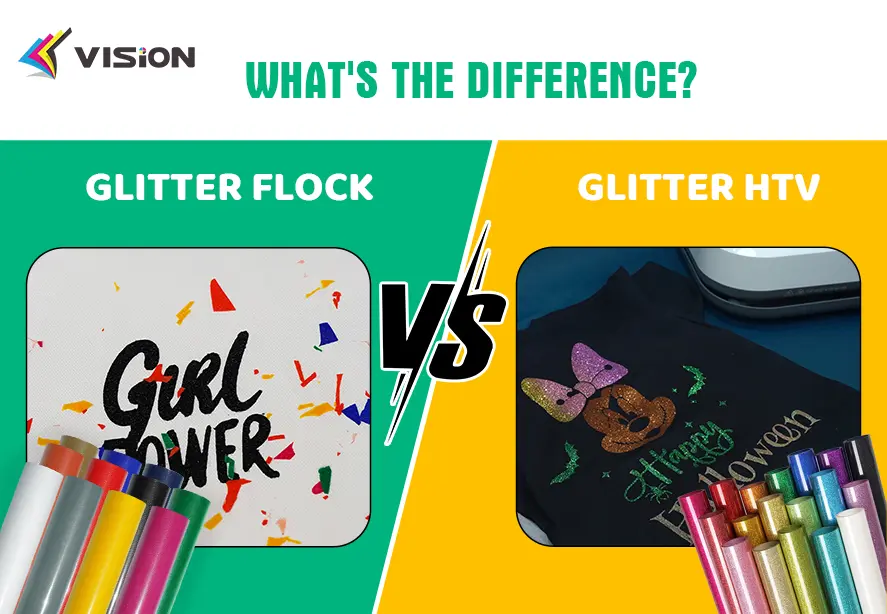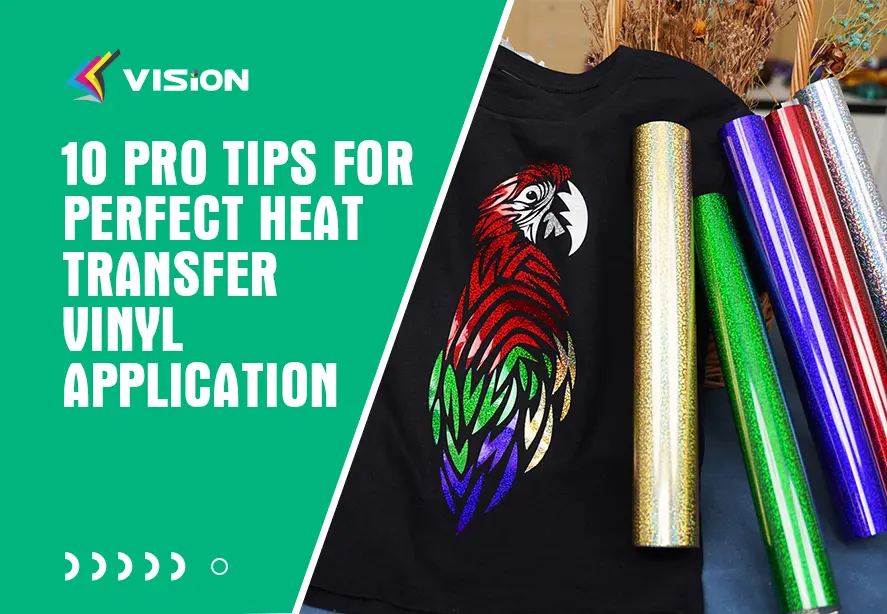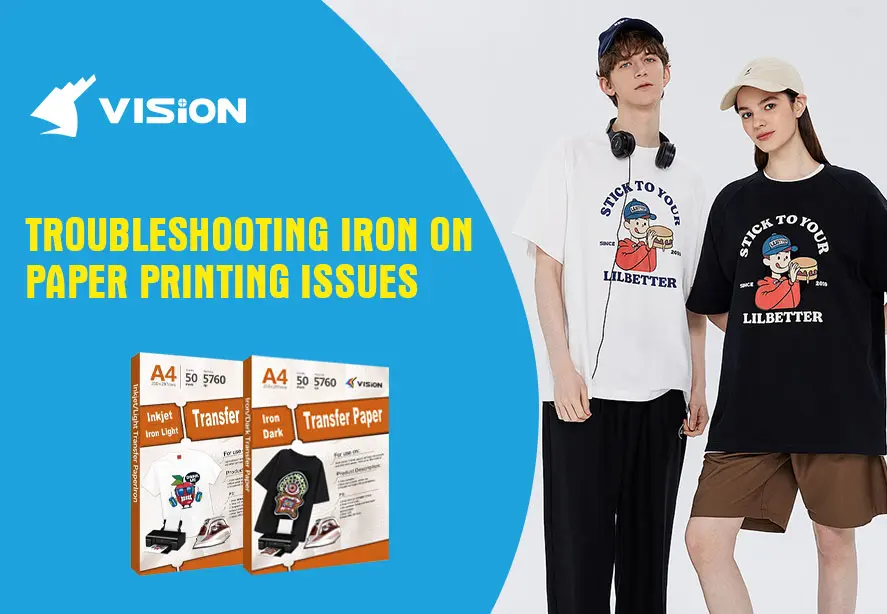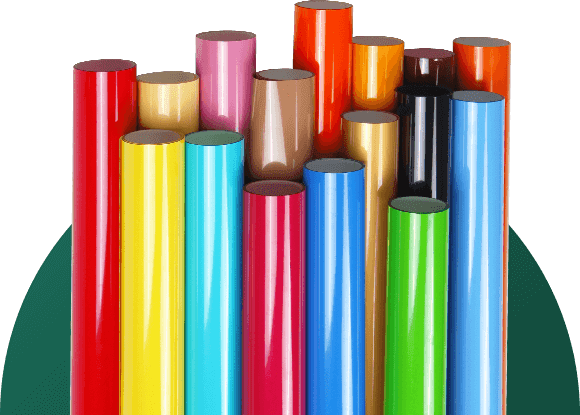The 3rd method to remove iron on transfer paper printed on tshirt
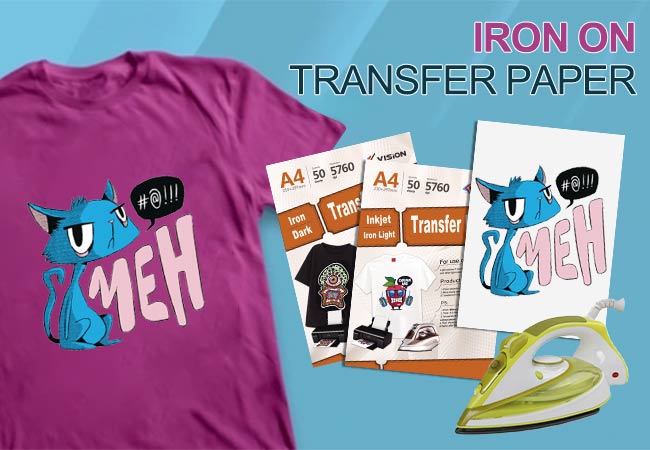
In this article,VISION heat transfer paper factory will tell you about the third method of removing heat transfer paper printed on the tshirt.
Method 3: You can use an iron to remove iron on transfer paper printed on the shirt
If your garment is 100% cotton, set your iron to cotton mode. If your garment is polyester or multi-blend, set your iron to the appropriate mode. If your garment is made from another fabric, check the label to make sure the fabric is ironable and set the iron to the recommended setting.
Steps:
1. Put the clothes on the ironing board. With the transferred pattern facing up, flatten the garment completely. If you don’t have an ironing board at home, place it on a hard surface such as a desk, countertop, or washer or dryer and lay out a towel on the surface.
2. Put a towel into the clothes. Tuck a towel into your clothes. Keep a small towel or rag under your clothes to prevent damage to the other side of your clothes. If the towel is too soft to work on hard surfaces, use a piece of cardboard or very thin plywood instead.
3. Check the care label on the clothing label.Do not heat above the recommended temperature or the fabric may be damaged. Some fabrics can melt when heated too much, such as polyester. This method requires direct heat, so clothes are more likely to be damaged than other methods.
4. Heat the iron. The hotter the iron the better, possibly hotter than the maximum temperature allowed on the garment care label. If you’re worried about damaging your clothes, it’s best to try something else. You can heat from medium heat and slowly increase the temperature to find the best temperature that will remove the pattern without damaging the garment.
5. Cover the lettering or pattern with a piece of wax paper. If the pattern is made of vinyl, lay a sheet of wax paper over it and iron directly on the wax paper. The vinyl pattern will melt, stick to the wax paper, and simply remove the wax paper to peel the pattern off the garment. This method only works with iron on vinyl patterns.
6. Iron one corner of the pattern. The heat of the iron will melt the pattern. Start at one corner and slowly iron to the entire pattern.
7. Move the iron quickly to remove the pattern. After a corner of the pattern falls off, hold the iron and move quickly in the direction of the pattern. The pattern should continue to fall off and possibly burn off.
8. Continue ironing until the pattern completely falls off. Continue to iron the pattern directly with the iron until it comes off completely. If the clothes look like they are about to be damaged, lower the temperature slightly.
9. Remove any remaining glue. After removing the transferred pattern, there may be residual adhesive on the garment. Remove with rubbing alcohol or a glue remover like Goo Gone. Before using any chemicals on the fabric, be sure to test the effect in an inconspicuous location.
10. Wash your clothes as usual. After removing the transferred pattern and adhesive residue, wash the garment as you normally would. If you have used chemicals to remove the residual adhesive, you should wash it off to avoid chemical irritation or damage to the skin.
Notice:
You can also use a combination of the above methods. More than one method may be required to remove the transferred pattern.The longer the pattern has been transferred to the garment, the harder it will be to remove it with a solvent.
Whether or not the pattern can be removed depends on the transfer method and the glue used. Remember, most heat transfer printing is permanent.
If you transfer the t-shirt with sublimation paper, it cannot be removed.
So when you don’t like the pattern on the tshirt, I think you should be able to know how to remove the t shirt transfer paper,which printed with an iron on the t-shirt.


